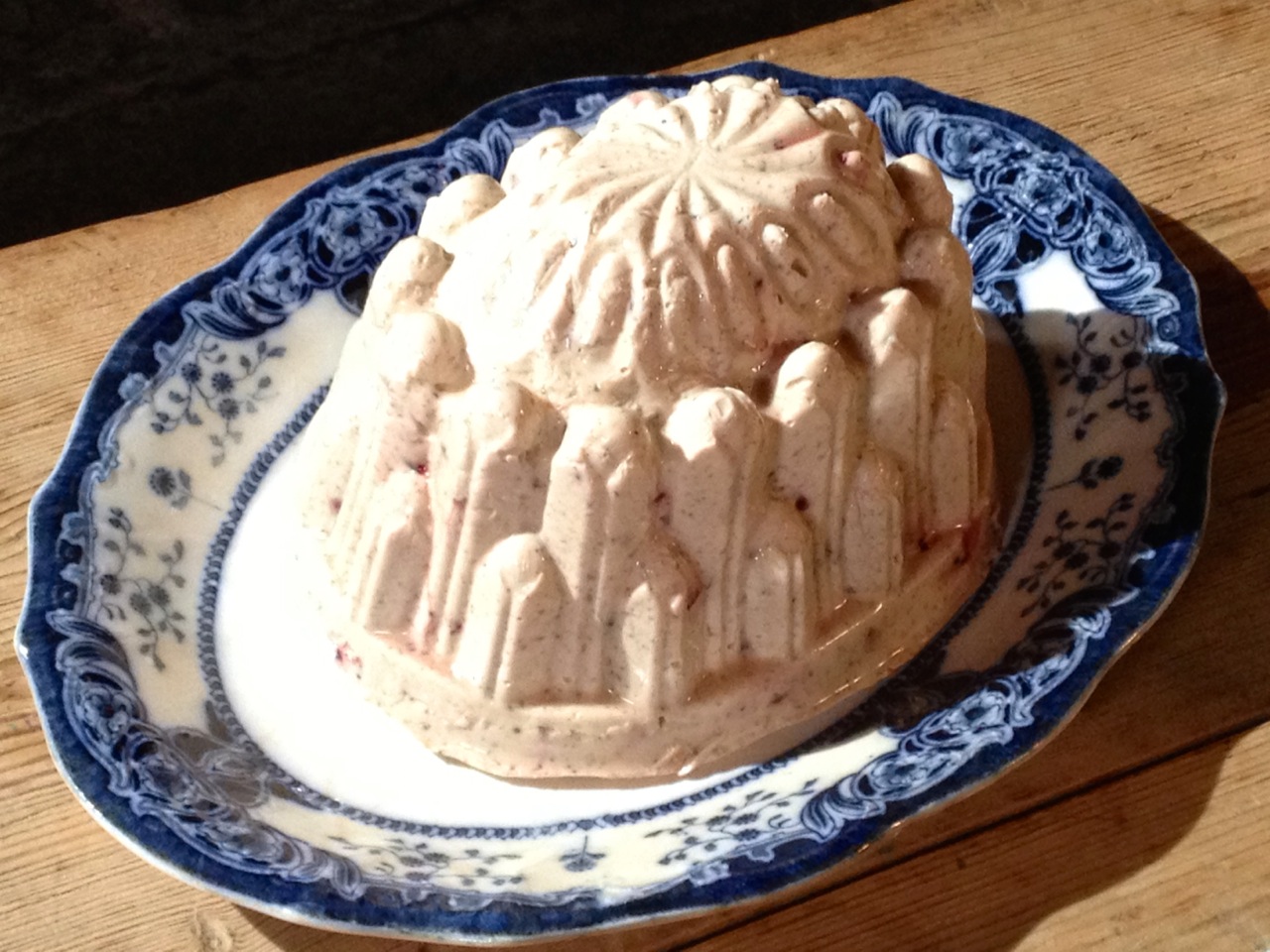Material Culture of Early Women in Science: Food History, Nesselrode Pudding
How to eat like a Victorian? The Greedy Queen, a "study of Victoria's eating habits and the cuisine of her day" suggests the queen had a sweet tooth and she like her cakes and that's my kind of queen.
[How tea and sugar reshaped the British Empire.]
But what did not queens, but 19th-century lady naturalists eat? Apparently, "lots of healthy, fibre-rich nuts, such as chestnuts...which were often roasted and bought from street-corner sellers."
How seasonally appropriate! The chestnuts trees near me are loaded with nuts to the groaning and I've been foraging about dressed in head kerchief as Mary Elizabeth Banning, my muse for my historic Victorian women in science cosplay.
| The Roasted Chestnut Seller, by Jean Beraud, late 19th century. "He painted many scenes of Parisian daily life during the Belle Epoque. " |
The popular Victorian dessert Nesselrode pudding (below is a photo of food historian Dr. Annie Gray's spectacular, based on Eliza Acton's recipe of 1845) is a custard cream mixed with chestnut puree, candied fruits, currants, and raisins, was "piped into a bombe mold, frozen and served with whipped cream in what could easily pass for a viable threat to tiramisu."
I like to think Mary Elizabeth Banning would have enjoyed a spoonful or two and -- despite Mary Buckland's fossiliferous resting Trowel Blazer 19th-century geology face (below ) -- that the historic dessert would have made her smile.
 |
Photo credits:
http://blog.english-heritage.org.uk/cakes/
https://en.wikipedia.org/wiki/Jean_B%C3%A9raud


awesome blog post
ReplyDeleteتجهیزات فست فود
My working life is rarely dull, as there is never such a thing as a typical day. food historian
ReplyDelete